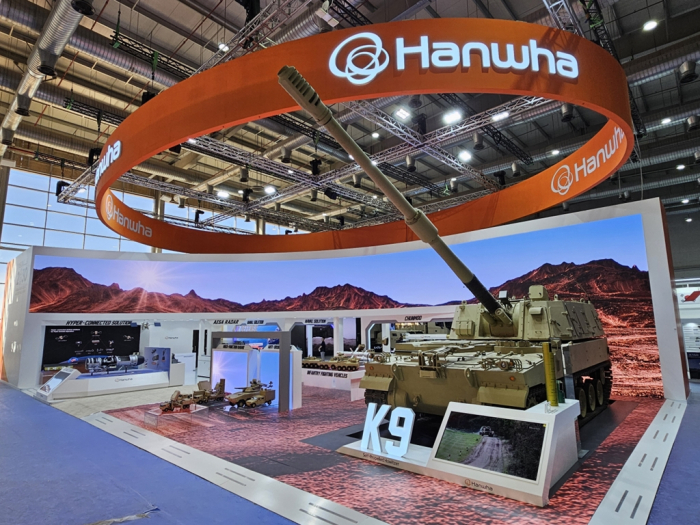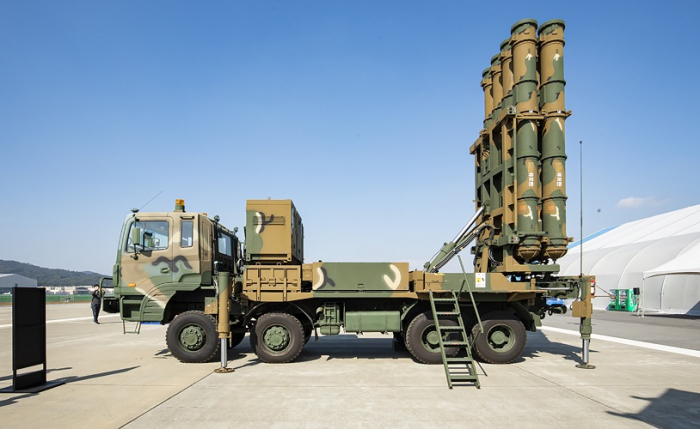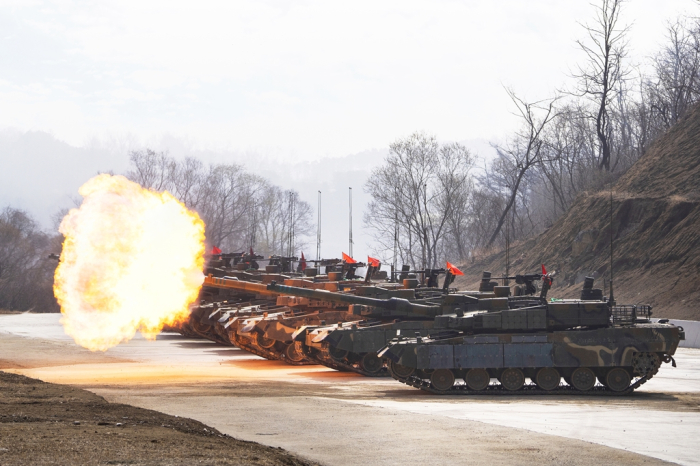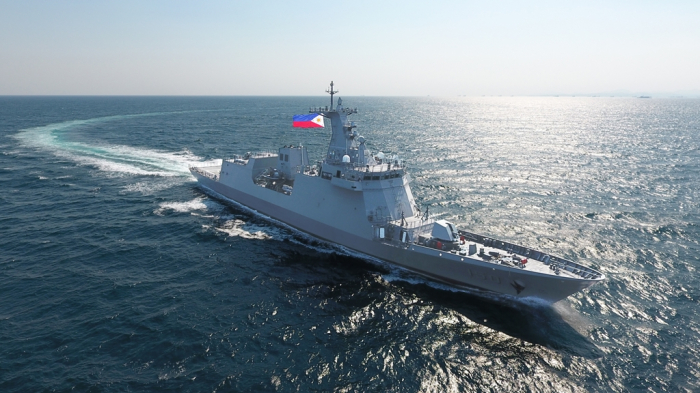
South Korea’s seven major defense companies saw their combined order backlog reach a record 105.6 trillion won ($73.1 billion) at the end of 2024, powered by a steady growth of weaponry exports.
The milestone comes more than 50 years after the country first exported M1 rifle ammunition worth 600 million won to the Philippines in 1975.
As global defense spending increases due to the Russia-Ukraine war and the Israel-Hamas conflict, demand for the so-called “K-Defense” weapons is expected to grow even further, analysts said.
According to defense industry sources on Monday, the total order backlog of seven major defense firms that disclose their defense business performance stood at 105.6 trillion won at the end of last year.

The total breaks down to 32.4 trillion won worth of orders for Hanwha Aerospace Co.; 24.7 trillion won for Korea Aerospace Industries Ltd. (KAI); 20.1 trillion won for LIG Nex1 Co.; 8.6 trillion won for Hanwha Systems Co.; 7.5 trillion won for Hanwha Ocean Co.; 4.5 trillion won for HD Hyundai Heavy Industries Co.; and 3.9 trillion won for Hyundai Rotem Co.
Their combined order backlog grew 11.7% from 94.7 trillion won at the end of 2023, and doubled from 52 trillion won at the end of 2021.
As a result, the seven defense firms have secured enough work to keep them busy for up to five years, sources said.

EXPORTS LEAD GROWTH
The biggest driver behind the surge in orders has been their weapons exports.
Korea’s defense exports soared to $9.5 billion last year from $3 billion in 2020.
The growing instability in international relations has significantly increased demand for conventional weapons such as the K9 self-propelled howitzers and tanks.
The number of companies capable of supplying these weapons on time, however, has declined over the past decade or so.
Industry officials said Korean defense companies have filled the gap left by European defense firms, including those in Germany, which scaled down production due to budget cuts.
Korean companies are expanding their reach across land, sea and air defense weapons, securing deals in Europe, the Middle East, Southeast Asia and the US.

Last September, LIG Nex1 signed a 3.7 trillion won contract to export surface-to-air guided missiles to Iraq.
State-owned KAI is in talks with the Philippines for an FA-50 fighter jet deal worth 1 trillion won.
Hanwha Ocean and HD Hyundai Heavy Industries are actively competing for US Navy contracts in warship building as well as the repair, maintenance and overhaul (MRO) business.
CHALLENGES
According to Statista, a German-based industry data provider, the global defense industry market stood at $2.24 trillion in 2023, up 6.2% from $2.11 trillion a year earlier.
The seven Korean defense firms’ combined sales revenue in 2024 stood at 19.68 trillion won.

For the K-Defense to take an even greater leap forward, analysts said the Korean weapons companies must localize core technologies such as engines and software.
When relying on foreign technology, Korean firms could face trouble in overseas sales as exports of weapons with foreign-made components require relevant countries’ government approval in advance.
To remove such regulatory risks, Hanwha Aerospace developed its own technology for the engine used in the K9 self-propelled howitzer last year. Such an engine was previously developed by a German defense company.
Similarly, the combat system software used in Aegis-class destroyers remains a challenge for Korean firms.
While Korea independently manufactures the weapons system and vessels for Aegis warships, the software that powers them is sourced from US defense giant Lockheed Martin Corp.
By Jin-Won Kim, Hyung-Kyu Kim and Woo-Sub Kim
jin1@hankyung.com
In-Soo Nam edited this article.















